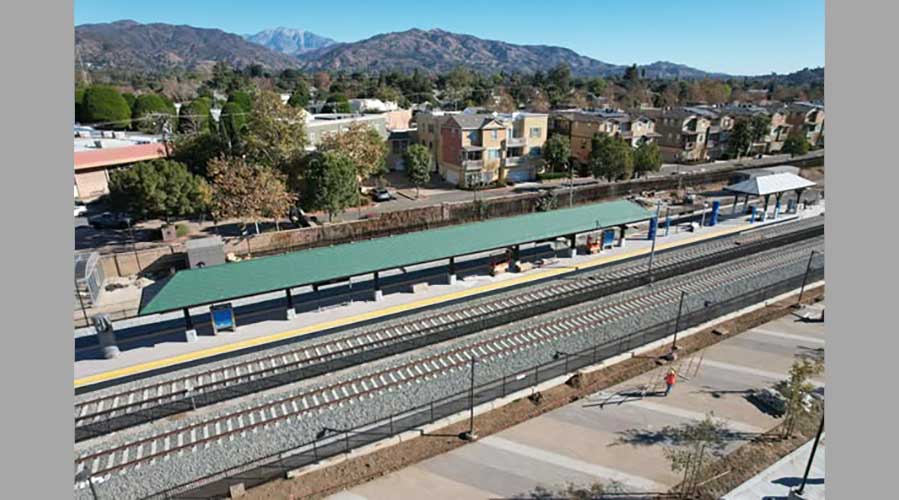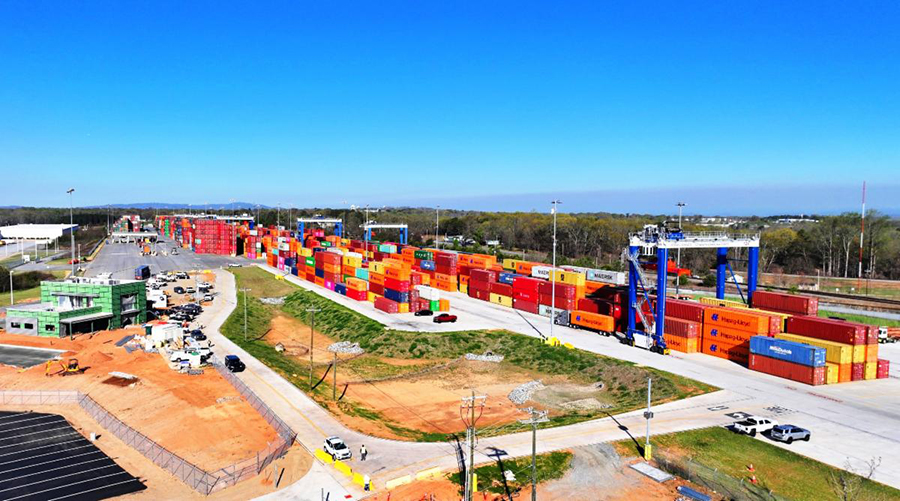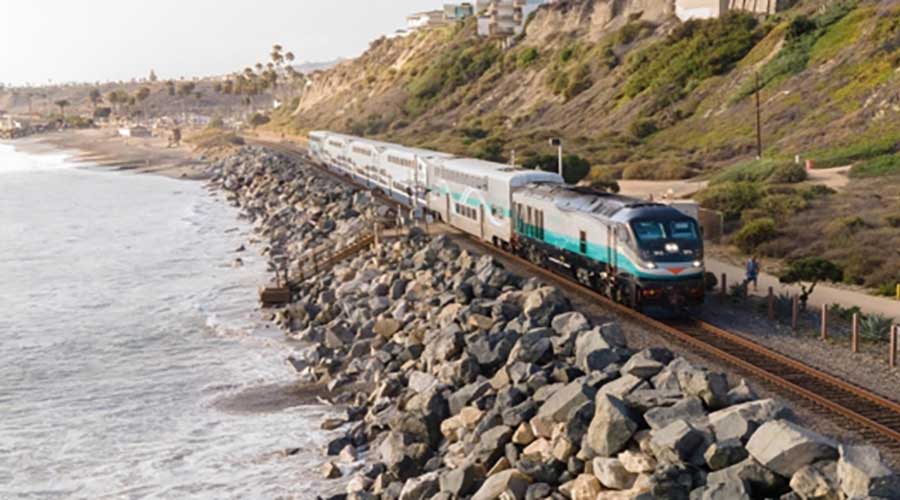Stay updated on news, articles and information for the rail industry
5/14/2015
Rail News: Federal Legislation & Regulation
Staggers Act was catalyst that revitalized rail, AAR's Hamberger testifies
The Staggers Act of 1980 was the catalyst that revitalized railroads, while ensuring they have the resources necessary to continue investing in the economy, Association of American Railroads (AAR) President and Chief Executive Officer Edward Hamberger told a congressional panel yesterday.
During a hearing of the House Transportation and Infrastructure Subcommittee on Railroads, Pipelines and Hazardous Materials, Hamberger said the Staggers Act partially deregulated freight railroads, and served as an "economic catapult" that revived an industry on the brink of financial collapse.
That partial deregulation helped spark railroads' profits, which resulted in their spending on infrastructure and equipment. Since then, the industry has invested $575 billion to enhance the freight-rail network across the nation, according to an AAR press release. The money has been earmarked for improvements such as upgraded track, and new locomotives and freight cars needed for new capacity and to meet growing demand.
The committee held the hearing to recognize the 35th anniversary of the Staggers Act.
"Railroads are preparing for tomorrow today, all over the country. They're expanding intermodal terminals in northwest Ohio and outside Atlanta; double-tracking track between North Dakota and Montana; installing thousands of new rail ties in southeastern Arizona; upgrading signaling systems in Chicago; and building a major new rail yard between Dallas and Houston," Hamberger said in a prepared statement.
Hamberger and the AAR have expressed concerns that some in the shipper community have called on Congress to consider changing laws to further regulate railroads' rate setting.
"Private railroad investment in transportation infrastructure should be encouraged, and regulations and legislation should not adversely affect railroads' ability or willingness to make those investments," Hamberger said.
Contact Progressive Railroading editorial staff.


 LRW Honors Amtrak’s Acheson As Railway Woman Of The Year
LRW Honors Amtrak’s Acheson As Railway Woman Of The Year
 From Editor-In-Chief Foran: Of Gender Equity And Inclusion
From Editor-In-Chief Foran: Of Gender Equity And Inclusion
 Spotlight On Some Of Today’s Rail Safety Products
Spotlight On Some Of Today’s Rail Safety Products
 Women of Influence in Rail eBook
Women of Influence in Rail eBook
 railPrime
railPrime







